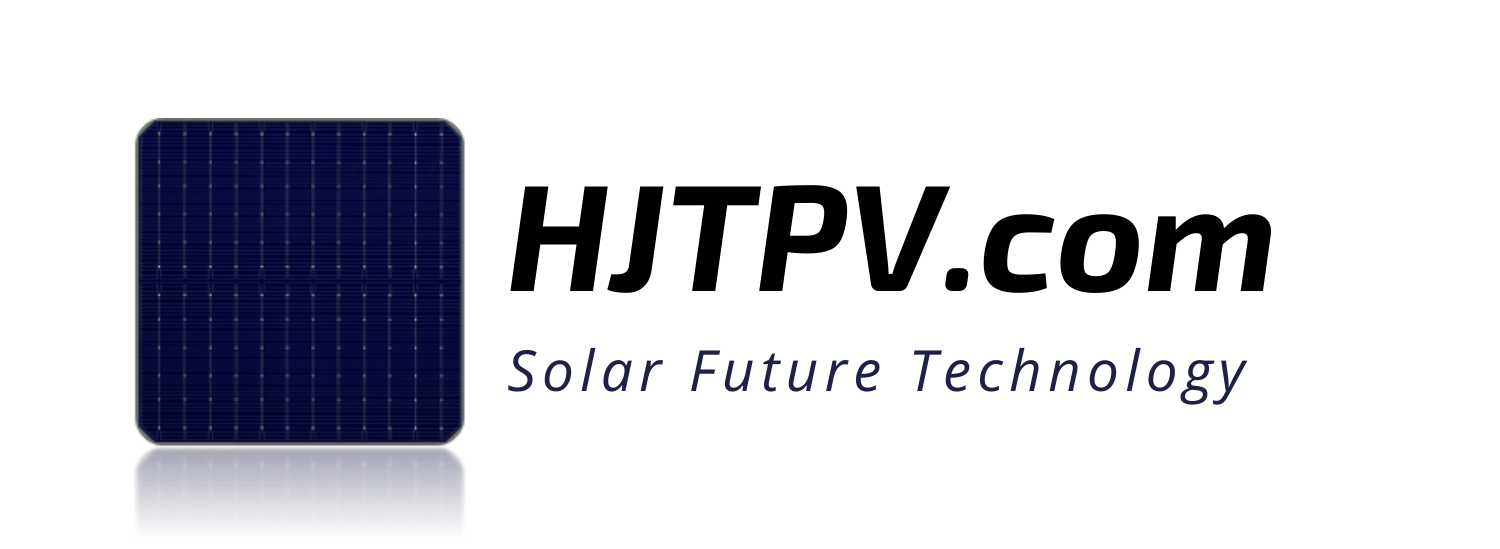- HJTPV.com
- HJT Technology
- HJT Producers
- HJT Solar Panels
- HJT Solar Panel Mysolar Gold 740W
- HJT Solar Panel Mysolar Gold 640W
- HJT Solar Panel AEsolar COMET 720W
- HJT Solar Panel AESOLAR COMET 650W
- HJT Solar Panel Bi Chaser Akcome 120 Cells
- HJT Solar Panel HuaSun HS-B120DS
- HJT Solar Panel Jinergy JNHM120 Cells
- HJT Solar Panel Risen Hyper-ion
- HJT Solar Panel QW Solar Giwa5 730W
- HJT Solar Panel QW Solar Giwa5 640W
- HJT Solar Panel Risen RSM120
- Cleaning Robot
- HJT Solar CELLS
- News&Knowledge
- Contact
- HJTPV.com
- HJT Technology
- HJT Producers
- HJT Solar Panels
- HJT Solar Panel Mysolar Gold 740W
- HJT Solar Panel Mysolar Gold 640W
- HJT Solar Panel AEsolar COMET 720W
- HJT Solar Panel AESOLAR COMET 650W
- HJT Solar Panel Bi Chaser Akcome 120 Cells
- HJT Solar Panel HuaSun HS-B120DS
- HJT Solar Panel Jinergy JNHM120 Cells
- HJT Solar Panel Risen Hyper-ion
- HJT Solar Panel QW Solar Giwa5 730W
- HJT Solar Panel QW Solar Giwa5 640W
- HJT Solar Panel Risen RSM120
- Cleaning Robot
- HJT Solar CELLS
- News&Knowledge
- Contact
Part of HJT Technology
Bifacial Technology
On this Site You Will Read About
Explore the Experts
Bifacial Technology in PV
Double-sided solar panels have many advantages over traditional solar panels. Energy can be produced from both sides of the bifacial module, increasing the total energy production.
They are often more durable because both sides are resistant to UV radiation, and the reduced production potential (PID) problems are less when the duplex unit is double glass (eg Akcome, Risen, Jinergy or JOLYWOOD ). The balance of system cost (BOS) is also reduced when more power can be generated from double-sided bifacial modules as compared to single-sided modules.
In Europe, the largest number of Bifacial modules is provided by N-type producers like AKCOME, Jinergy, Risen or Jolywood. Mainly thanks:
- Even 30% more power production
- Strictly connected to HJT and N-type technology
- Mostly in Glass-Glass configuration
- Very low degradation
- The lower temperature at which the N-Type is produced
- Hi-tech production process
- Best BOS and LCOE costs
Why solar panels with Bifacial Technology?
Best Performance
Highest Efficiency and power of solar panels
Long Warranty
30 years with only 0,4% annual degradation
inspiring technology
N-type Bifacial Cells cover in Glass glass frame
Albedo effect and bifaciality coefficient ?
What effect does the substrate surface have on the performance of the bi-facial module?
The surface on which the PV panels stand plays a big role in the efficiency of their work. An important element is the shaping of the surface itself and its ability to reflect sunlight. The flatter the ground, the more light will go back to the modules.
An important element for the effectiveness of two-sided modules was also the so-called albedo coefficient.
How Work Bifacial Cells?
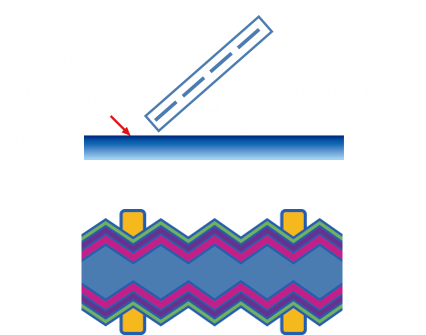
Albedo Effect and Bifaciality Coeficient

As can be seen from the above data, white surfaces reflect light best. In the case of the brightest ground, the albedo coefficient reaches standard approx. 15%, and in the case of snow/white, it reaches 30%.
Therefore, the place of installation of bifacial panels is not without significance. Different yields will be from modules that are installed, for example, in the vicinity of the lawn, and different on a concrete surface additionally painted white.
What Bifacial Technology offer
Bifaciality Advantage
Zero LeTID&PID
Highest Fire Resistance
Bifacial POWER
Highest Average Efficiency >24%
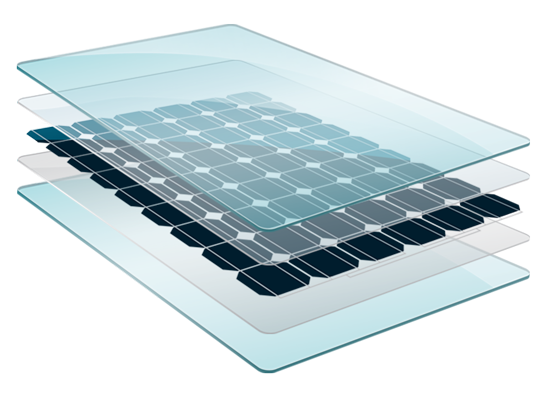


state-of-the-art Solar Solution
How is construct N-type CELL?
What is a double-sided solar module?
Double-sided modules generate solar energy from both sides of the panel. While traditional panels with an opaque back coating are single-phase, the bifacial modules reveal both the front and back sides of the solar cells. When bifacial modules are installed on a highly reflective surface (such as a white roof or on the ground with light stones), manufacturers of double-sided modules say production is increased by up to 30% only due to the extra power generated from the rear. Bifacial modules are available in many versions. Some are framed and some are frameless. Some are made of double glass and others have transparent pads. Most manufacturers use monocrystalline cells, but polycrystalline designs exist. The only thing that is constant is that power is generated from both sides. There are frameless double glass modules that reveal the back side of the cells, but are not double-sided. True bifacial solar panel have contacts / busbars on both the front and rear of the cells.
Bifacial Modules Future?
What are the perspectives for bifacial modules? The challenge with bifiacial design has always been the unpredictability of power output as it depends on the ground behind the modules - white commercial roof, dark tile, grass and gravel. It is difficult to model and estimate the productivity of double-sided PV modules. Bifacial modules do not differ from the competition in terms of costs, which means that the investment costs, even with some additional production, drop. The Chinese solar panels producers like Akcome, Jinergy or Risen believes that we are entering a new era of photovoltaics, in which high-efficiency modules are paramount. The bifacial technology supports the concept of using high-quality materials to achieve high energy efficiency. Bifacial modules are probably the future of the industry. Double-sided PV modules inherit all the advantages of mono PERC modules: high power density resulting in significant BOS savings, high energy yield with better performance in low light and lower temperature coefficient. In addition, double-sided PERC modules also collect energy from the rear side, showing a higher energy yield.
Why choose Bifacial Panels?
Bifacial Technology Profits
Why Bifacial Panels Are The Best?
Best Advantage of Bifacial Solar Panels
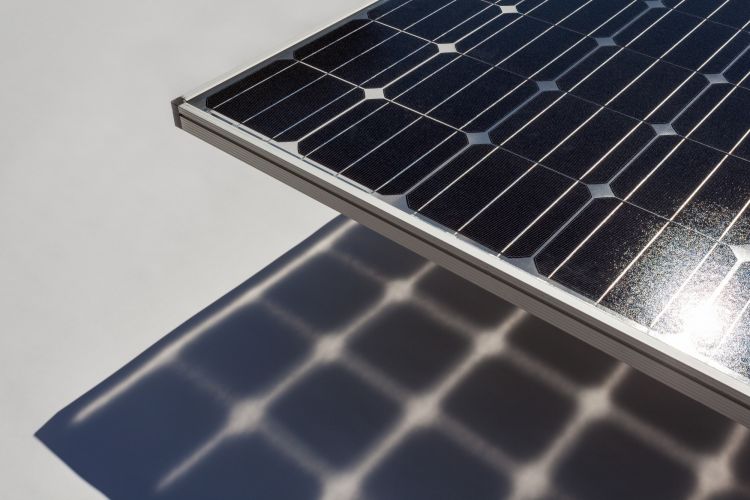
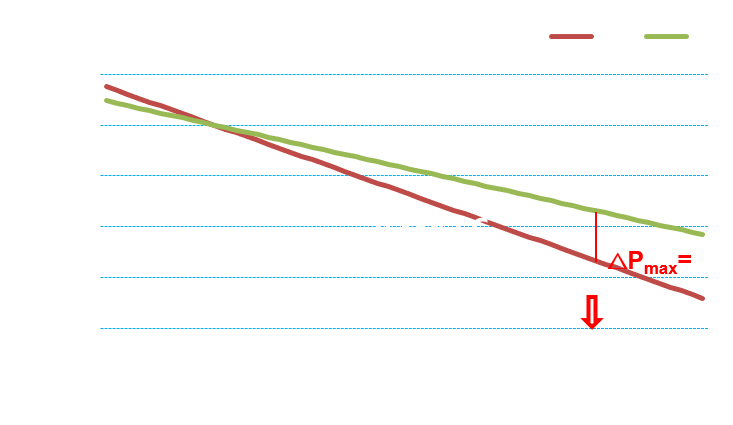

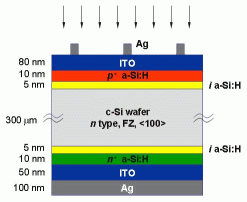
Explore the Experts
Best Bifacial Module Producers
Jolywood
commit to HJT Solar Revolution
Bifacial Solar Panel- best Solution for Utility scale investitions?
Long warranty for power production >30 Years
Highest Efficiency >22%
Low Yearly degradation, only >0,4%
Best Bifiaciality efficiency >85%
Lowest Temperature Coefficient 0,24%-026%/°C
Very low modules failure risk factor
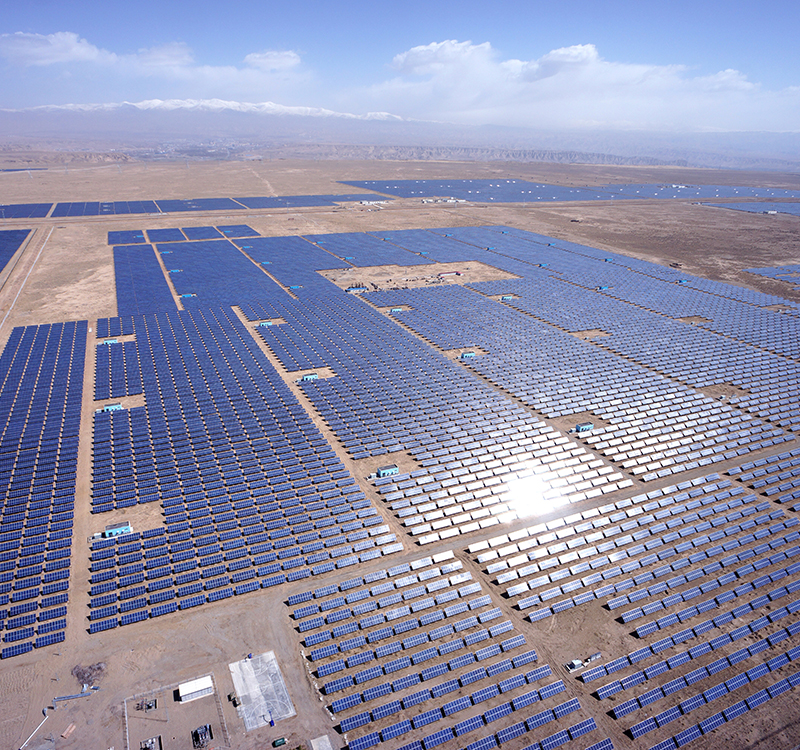

All You Need To Know About N-type Technology
frequently asked questions
HJT(ntype) bifacial efficiency can achieve even 27%. But usually producers like Akcome and Jinergy use Heterojunction solar cells with 24%-25% efficiency. Compare to PERC Cell, HJT can achieve even 20% more power.
Bifacial HJT solar panels have the best efficiency in serial production. Scope of it is between 21%-22,5% with R&D plan even to 26%. N-type module has the best performance and most reliable characteristic resistance for most common fail from all over solar technology.
HJT with N-type technology solar Panels with 120 cells have a scope of power between 370W-390W and for 144 cells 425W – 470W. At the end of 2021 Power of HJT modules will achieve >500W and in soon future will be >600W.
N-type Bifacial technology ensures a long safe warranty for 30 years of production and 12 -20 years for a panel, depends on the producers. It’s more approx. 5 years than common PERC panels.
Bifacial HJT solar panels with N-type cells are value for money solutions. Compare with standard backsheet modules, the price for Heterojunction is a little bit more. But compared with Bifacial, glass-glass solar panels, HJT is the best solution and has more advantages worth a few % higher price.
Higher power, bifaciality, efficient production under extreme conditions, combined with the world’s lowest degradation, no LID and PID effects and a double glass structure (GLASS-GLASS), allows you to generate significant savings over 30 years of use compared to PERC panels.
Glass is the best protection for the silicon cells that are the heart of the photovoltaic module. A cell is a unit that generates electricity, but it is made of a delicate material that needs to be reinforced and secured externally. For this purpose, we have a good ally in the form of solar glass, which, in addition to being transparent, is an electrical insulator.
HJT PV team is not only a trusted advisor but solar panels broker. We are helping Clients from all over the world connect to trusted and checked HJT producers. Direct cooperation ensures the best prices and fast delivery, to all destinations.
Bifacial Solar Panels Sales and distribution
EPC Cooperation
general contractor of photovoltaic investments
Distributor In Europe
Container and Mega Watt sales
Photovoltaic Broker
mediation in the purchase directly from the manufacturer

